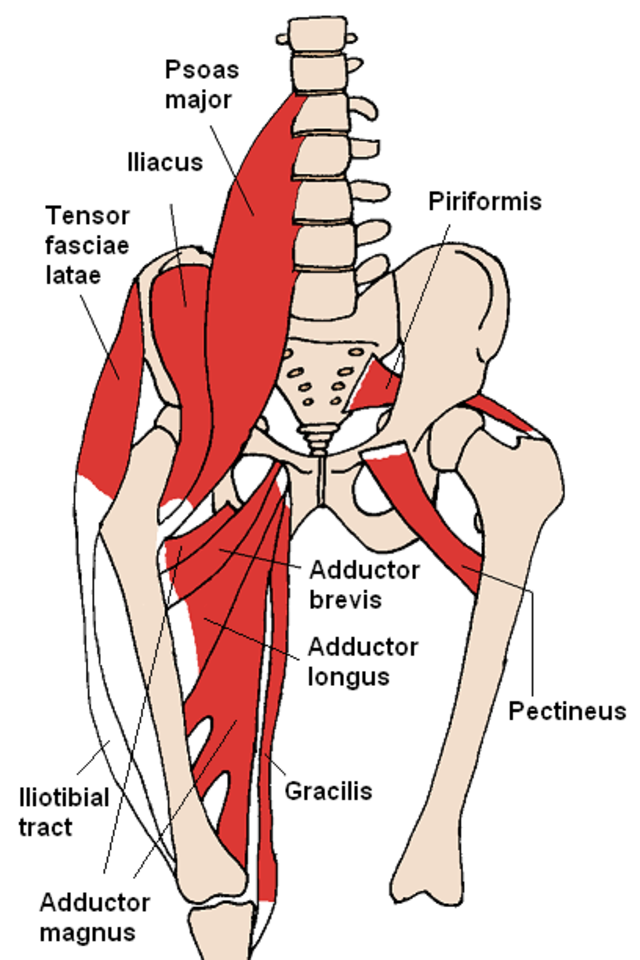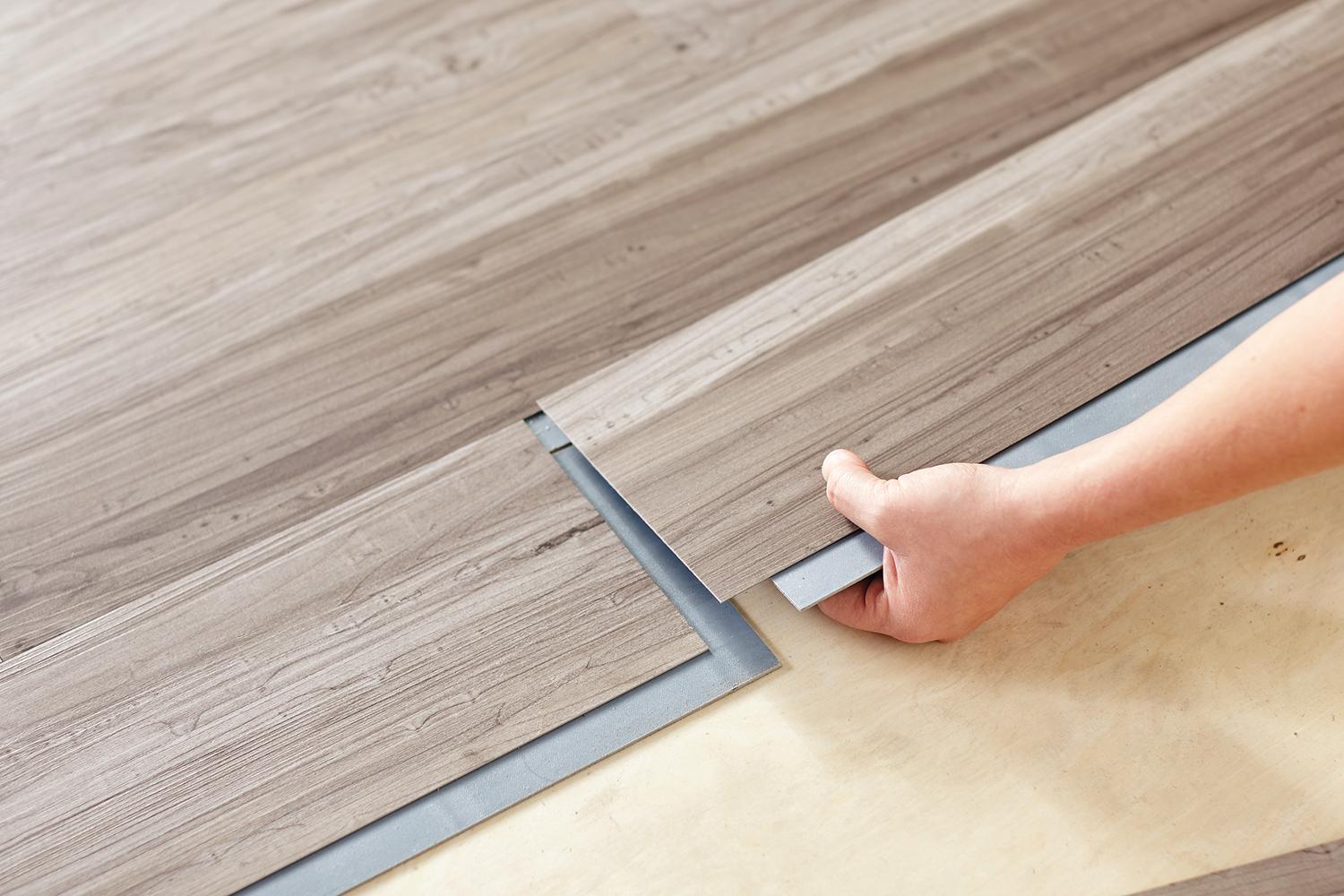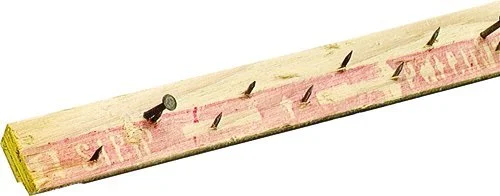DIY ballet mirror for your home: three options for building your home dance studio
/There are a few options for building your own ballet studio. One of the big considerations you’ll want to make is the following question:
What kind of mirror do I want?
For a ballet studio in your home, you basically have three options. When building the studio for yourself or your younger ballet student, you should consider these options carefully.
Glass mirror
Glass mirrors are the gold standard in the dance studio industry. Almost every dance studio mirror that you grew up rehearsing in front of were glass mirrors. For decades, ballet, jazz, and tap studios constructed their studios using glass mirrors.
A do-it-yourself project of putting up glass mirrors has some advantages and disadvantages.
Pros
Glass mirrors give you the most professional looking home studio possible. The look is very impressive when you show off your studio, and they create a nice sense of accomplishment looking back on how you built a studio.
Cons
Large glass mirrors, while impressive, are can be difficult to install. They are very heavy (large 6 foot by 5 foot mirrors can be more than 70 pounds!) and cumbersome to mount on to the wall, requiring good usage of mirror mastic and a smooth wall. While possible to set up by yourself, it is both dangerous and challenging, meaning you will probably need to recruit friends for a few hours.
They can also be quite expensive, even if you buy them second hand from the internet. One great source is to search Craigslist for “vanity mirrors” - when people remodel their bathrooms, large mirrors are often sold before the new one gets put it. You may be able to get them for 40 or 50 bucks for a 5x6 foot mirror. These large mirrors often times have dried mirror mastic on the back, which takes quite a bit of work to remove. It’s a risk to order these online since shipping glass is challenging, so you might be best off picking it up in person if you have a large enough car.
Also, do not lean your mirrors up against the wall for prolonged periods of time. Glass can warp without breaking, which will lead to distortions in the reflection.
Mylar reflective sheet mirror
Mylar dance studios are a nice alternative to the classic glass mirrors for your ballet studio.
Pros
One thing that is nice about the Mylar reflective sheets is that they can be purchased easily from the internet. Of course, you could hire a professional who can install the Mylar mirror, but they are reasonably easy to set up on your own! The main advantage of a Mylar roll is the ease of installation, especially in comparison to a full on glass mirror. Mylar is only slightly more heavy than aluminum foil, making it far less dangerous than a giant mirror, and way easier to transport.
If you mount a Mylar mirror onto a rolling frame, you’ll also have the ability to move your home ballet studio in or out of a room, giving you a bit more flexibility with your space. It’s more difficult and actually very dangerous and risky to mount a glass or acrylic mirror on a rolling frame.
Cons
Installation has to be almost perfect. If the Mylar material is not pulled perfectly taut, there will be distortions in your reflection. In many ways, they are more fragile than glass mirrors. Glass mirrors can take a beating compared to the Mylar sheets. If you scratch a glass mirror, often times the damage won’t be noticeable unless it’s a huge scratch. But, a major scratch to a Mylar mirror may cause the delicate material to rip entirely, causing you to replace the entire panel. Because of this risk, it is advisable to install Mylar mirrors onto a hard backed surface, such as a stiff foam board or smooth particle board.
Mylar mirrors also require a bit more handiwork to put together. Installation is more difficult with a glass or acrylic mirrors, but Mylar requires more set up.
Reflective acrylic mirror
Acrylic mirrors are a nice, safer alternative to the heavy glass mirrors.
Pros
Acrylic mirrors are much, much lighter than a glass mirror. As an added bonus, acrylic is more resistant to damage. An impact that would crack or completely shatter a glass mirror will only leave a small mark on an acrylic mirror, making it ideal if you are a little bit accident prone. Also, they are much easier to cut compared to glass mirrors, in case your studio wall is some unusual shape. To cut an acrylic mirror, you’ll only need a circular saw. Cutting glass is very dangerous!
Cons
Acrylic mirrors have a tendency to scratch easily. Remember, acrylic is essentially plastic. Therefore, you’ll need to take really good care of the mirrors. Many of them come with a clear thin plastic sheet on top of the reflective side. Keep this on as long as possible! It will protect the actual mirror from small scratches, splatter marks, and other possible injuries. Then, a few years later, pull the thin plastic off the mirror and congratulations, it’s like you just got a brand new mirror!
Summary
There are three great options for building your own ballet mirror for your home dance studio. No matter which you choose, glass, Mylar reflective sheeting, or acrylic, make sure you are aware of what needs to be done to install each of these types. Either way, by the end, you’ll have a wonderful studio where you can practice anytime you want.













